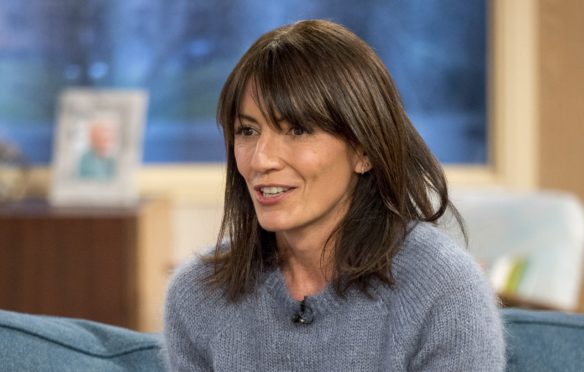
We have all felt the familiar pang of stress after a long week. But, as well as affecting our mental health, could our busy lives be damaging our hair?
Stress can cause an itchy scalp, increased oiliness, shedding, reduced volume, and breakage, leading to lacklustre locks.
So, how do we maintain smooth and shiny strands, just like hair hero Davina McCall?
From split ends to lack of body, trichologist Anabel Kingsley reveals the signs that your hair is stressed out.
Spot the signs
The first fight against stressed hair is to know the symptoms.
Anabel explained: “If your hair is stressed and damaged, it will feel dry and lack shine. You may also find your strands are harder to style, and break easily.
“Dry hair lacks moisture, which can diminish elasticity, manageability and bounce, and it might also go frizzy, too, as water is able to enter the hair shaft when the outer protective hair cuticle is damaged and raised.
“Depending on the cause, you may also notice more shedding more than usual.”
Root out the problem
“Common external aggressors include excessive heat styling, bleaching, colouring, UV exposure, and using a harsh hair brush,” explained Anabel.
“Things that can affect hair growth from within, and affect the growth cycle, include a poor diet, nutritional deficiencies (most commonly iron deficiency), excessive stress levels, hormonal sensitivities and thyroid imbalances.”
Should we ditch the dye?
Anabel said: “If your hair is damaged due to colouring, it will be dehydrated and brittle – so you need to use products that will moisturise and bolster your strands. The best way to revive colour-damaged hair is to use a pre-shampoo conditioning treatment twice a week. I recommend Philip Kingsley’s Elasticizer, which was originally formulated for Audrey Hepburn. However, don’t use a treatment 48 hours before or after colour, as it can affect how the dye takes and holds.”
Prevention
Keeping our hair in top condition is easy with the right products, says Anabel: “Using a conditioning treatment will improve your hair’s resilience, and you should also protect your strands when styling. Apply a heat-protective spray and serum before you blow-dry, and use a medium heat setting, reducing as you go.
“The brush you use is also important. Boar bristle brushes are scratchy and can tear away sections of your outer hair cuticle. Opt for a brush with rounded, plastic prongs and a vented, cushioned base.”

Enjoy the convenience of having The Sunday Post delivered as a digital ePaper straight to your smartphone, tablet or computer.
Subscribe for only £5.49 a month and enjoy all the benefits of the printed paper as a digital replica.
Subscribe